Internal oblique muscle: Origin, Insertion, Function, Exercise
Internal oblique muscle is a thin, broad muscle in the lateral abdominal wall that is located below the external oblique and just above the transverse abdominal muscles.
Starting from the superficial layer to the deep layer, the external oblique, internal oblique and transversus abdominis make up the three layers of the lateral abdominal wall.
Internal oblique muscle plays an important role with other abdominal muscles for movements of the lower back, helps to maintain normal abdominal tension, and increasing intra-abdominal pressure.
Table of Contents
Origin:
Inguinal ligament, Anterior 2/3 of Iliac crest and the Lumbodorsal fascia.
Insertion:
Linea alba, Pectineal Line of Pubis (via Conjoint tendon), and Inferior borders of ribs 10-12.
Nerve supply:
Thoracoabdominal nn. (T7-T11), Subcostal n. (T12), Iliohypogastric n. (L1) and Ilioinguinal n. (L1).
Structure:
Its fibers run perpendicular to the external oblique muscle, beginning in the thoracolumbar fascia in the lower back, the anterior 2/3 of the iliac crest (upper part of hip bone), and the lateral half of the inguinal ligament. The muscle fibers run from these points superiomedially (up and towards the midline) to the muscle’s insertions on the inferior borders of the 10th through 12th ribs and the linea alba.
In males, the cremaster muscle is also attached to the internal oblique muscle.
Blood supply:
- Lower posterior intercostal and subcostal arteries
- superior and inferior epigastric arteries
- superficial circumflex arteries
- deep circumflex arteries
- posterior lumbar arteries
Internal oblique muscle function
Internal oblique muscle depends upon which parts of the muscle contract. If Bilaterally muscle contraction it helps the flexion of the back while at the same time it helps the compression of the intra-abdominal organs that’s why increasing the intra-abdominal pressure.
When the internal oblique muscle contracts on one side, it causes side flexion of the trunk. It works with the external oblique of the opposite side to do rotational trunk movement, such as if the left internal oblique and the right external oblique muscles work together, it produces trunk flexion, and rotational movement from the right shoulder towards the eft hip. That’s why it works as a same-side rotator.

Bilateral contraction: Trunk flexion, Compresses abdomen organs, expiration of lungs
Unilateral contraction: ipsilateral side flexion, same side trunk rotation with the help of opposite of external oblique.
Expiration (Breathing out):
It also works as an accessory muscle of respiration, it acts as an antagonist (opponent) to the diaphragm, helping to reduce the volume of the chest cavity during exhalation.
It is an important accessory muscle of respiration, it acts as an antagonist (opponent) to the diaphragm, helping to reduce the lung volume of the chest cavity during breathing out(expiration).
When the diaphragm muscle contracts, it helps to pull the lower wall of the chest cavity down, increasing the volume of the lungs which then fill with oxygen air. Oppositely, when the internal obliques muscle contract they compress the organs of the abdomen, pushing them up into the diaphragm which leaves back into the chest cavity reducing the volume of the air-filled lungs, thus helping produce an exhalation.
Clinical Importance:
- Weakness of internal oblique muscles with other abdominal muscles increases the risk of abdominal hernias.
- Lordosis and Low Back pain related condition is also commonly seen in weakness of abdominal muscles.
Internal Oblique Muscle Exercises:
These muscles help in improving posture, improve your fitness level, and stamina, and also make your abdominal wall more stronger and powerful to do all your trunk-related activities with ease.
Reverse Twist exercise:
To do this exercise, you start with taking a sitting position on a gym ball while keeping your feet shoulder-width apart. Now try to walk with your feet forward and lean back position so that your shoulders and hips are comfortably resting on the fitness ball. Put your hands together and point them toward the upwards, contract your core, and twist your arms 90 degrees to the left. Hold this position for 2-3 seconds and return to first position. Do the same exercise on the opposite side. On the first day you can start with 5 to 10 repetitions.
Bicycle crunches help to strengthen both the internal and external oblique muscles.
To do this exercise, you can start with a supine lying position on your back and bend your knee at a 90-degree angle. Place your hands behind your head and flex your body forward, like you would in a simple crunch.
In this position bring your left knee toward your right elbow as you extend your right leg out at a 45-degree angle from the floor. Keep your shoulders elevated from the floor and repeat this exercise with the opposite elbow and knee. On the first day, you can start with 5 to 10 repetitions. Gradually increase the repetition as you improve.
Side Crunches exercise:
Side crunches exercise also helps to strengthen the internal and external obliques.
To do this exercise you should take a supine lying position on your back with your knees bent. Rotate hips and knees until both knees are turned to the left side and touching the ground. Elevate your shoulder blades off the floor and exhale as you come up. Hold the position for 2 to 3 seconds and lower your shoulders back to the first position. Repeat 8 to 10 times, then do the same on the opposite side.
On the first day, you can start with 5 to 10 repetitions. Gradually increase the repetition as you improve.
Internal oblique vs External Oblique
| No | Internal Oblique muscle | External oblique muscle |
| Origin | Inguinal ligament, Anterior 2/3 of Iliac crest and the Lumbodorsal fascia | Ribs 5-12 |
| Insertion | Linea alba, Pectineal Line of Pubis (via Conjoint tendon) and Inferior borders of ribs 10-12 | Xiphoid Process, Outer Lip of the Iliac crest, Pubic Crest, Pubic tubercle, Linea alba, Inguinal Ligament, Anterior Superior Iliac Spine (ASIS) |
| Nerve Supply | Thoracoabdominal nn. (T7-T11), Subcostal n. (T12), Iliohypogastric n. (L1) and Ilioinguinal n. (L1) | Thoracoabdominal nerves (T7-11) and Subcostal nerve (T12) |
| Blood supply | Lower posterior intercostal and subcostal arteries superior and inferior epigastric arteries superficial circumflex arteries deep circumflex arteries posterior lumbar arteries | The cranial portion of the muscle is supplied by the lower intercostal arteries, whereas the caudal portion is supplied by a branch of either the deep circumflex iliac artery or the iliolumbar artery |
| Function | Ipsilateral contraction: Same side flexion and rotation of the trunk, Bilateral contraction: exhalation of the lungs, Trunk flexion | Flexion of the trunk and Contralateral rotation of the trunk. |

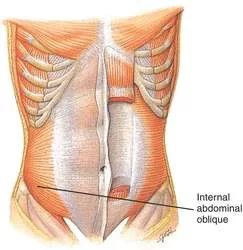
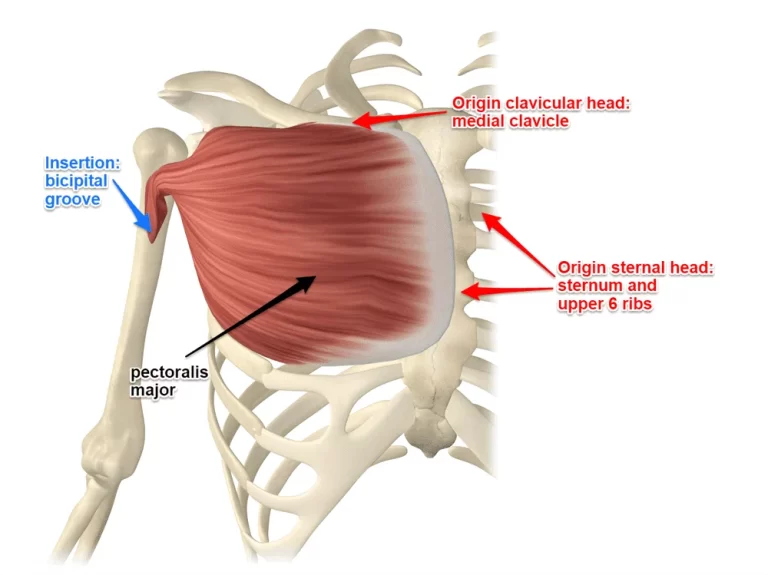
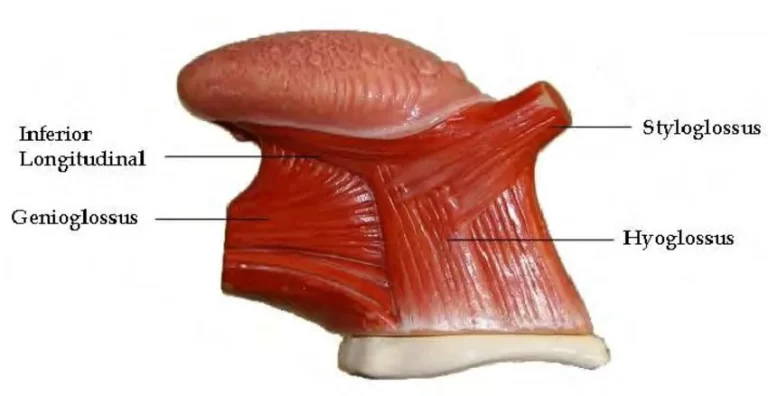
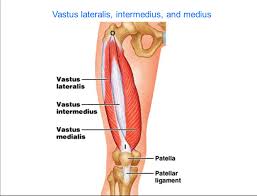

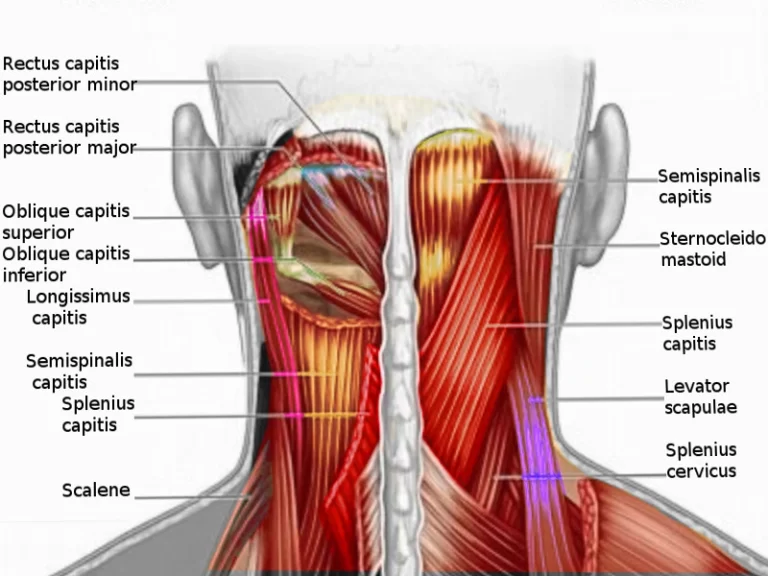
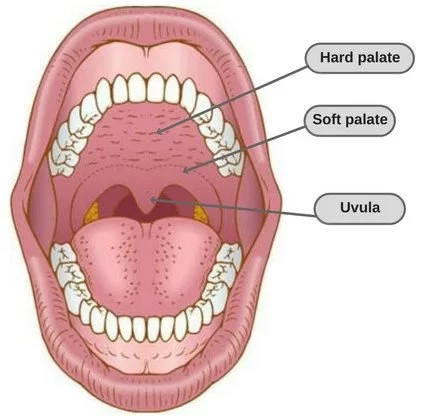
7 Comments